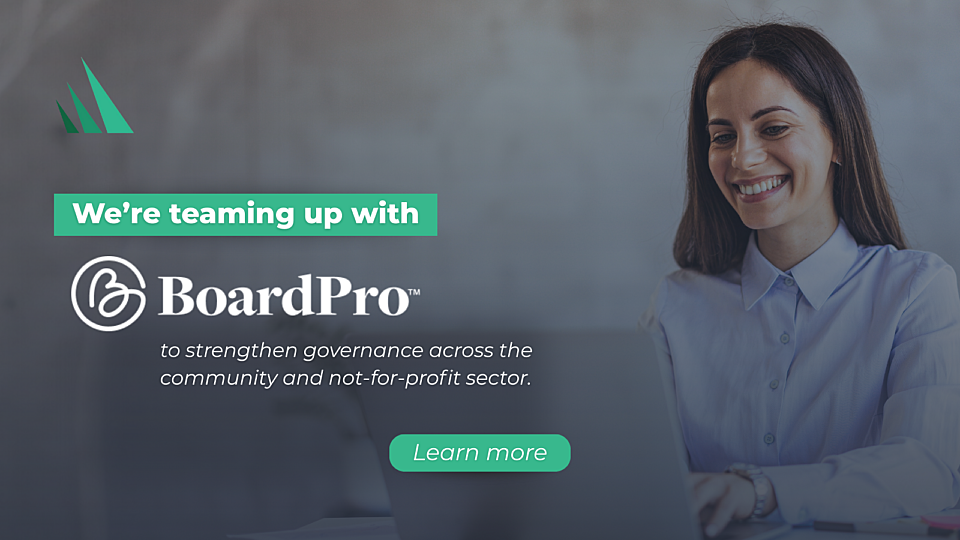
ICDA and BoardPro partnership unlocks digital governance tools for not-for-profits nationwide
Posted on 10 Dec 2025
Adele Stowe-Lindner, Executive Director, Community Directors The Institute of Community Directors…
Posted on 28 Aug 2023
By Greg Thom, journalist, Institute of Community Directors Australia

The Victorian government has launched a comprehensive four year strategy containing 110 actions and measurable targets designed to address gender inequality.
When Dr Leonora Risse was asked during a panel discussion at the launch of the Victorian Government’s gender equality strategy why women don’t have a seat at the table, she turned the question on its head.
“The question we should be asking is ‘who built the table and who is handing out the invitations,’” responded the economist and academic who specialises in gender equality.
Our equal state is the Andrews government’s attempt to address these questions and provide a blueprint for government spending and initiatives over the next four years toward driving gender equality.
The 86-page document contains 110 actions which range from halving the gender pay gap in the Victorian Public Service and improving job security and conditions for women via a new Fair Jobs Code to $23 million to fund free pads and tampons at 700 public locations across the state.

The wide-ranging strategy seeks to embed the knowledge that gender equality is everyone’s responsibility and focuses on its impact in three stages of life - childhood and youth, adulthood and old age.
The aim is to ‘highlight the gendered gaps in choices and opportunities between women, men and gender diverse people at different ages, and outline actions to close them.’
These actions fall into five categories:
Our Equal State follows on from the release of Victoria’s inaugural gender equality strategy, Safe and Strong in 2016, the first of its kind in Australia.
Sector organisations were well represented among the diverse audience of 350 people who attended the Our Equal State launch at the historic Melbourne Town Hall.
They included Multicultural Centre for Women’s Health executive director Dr Adele Murdolo, Council of Single Mothers and their Children CEO Jenny Davidson and Our Community Chair Carol Schwartz.
Victorian Government Minister for Women Natalie Hutchins, said the strategy addresses the fact that gender inequality is compounded by intersecting forms of discrimination and disadvantage, including racism, homophobia, ableism and ageism.
“We need to ensure the girls of today are empowered to be the women of tomorrow regardless of the colour of their skin, religious beliefs or cultural upbringing,” said Ms Hutchins.
“We’ve made nation-leading progress on gender equality, but we know there’s still significant work to do and we’ll continue to stand strong against biased systems and toxic ideas.”
“We need to ensure the girls of today are empowered to be the women of tomorrow regardless of the colour of their skin, religious beliefs or cultural upbringing.”
The launch of the strategy featured a panel discussion exploring different perspectives on gender diversity:
Victorian Aboriginal Community Controlled Health Organisation CEO Jill Gallagher, said from her cultural perspective, she found it difficult to understand why women needed to strive to achieve gender equality at all.
“In the traditional Aboriginal lifestyle, before colonisation began in this country, there was no real gender inequality,” she said.
“What there was, were very clear roles and responsibilities.”
Fellow panellist senior RMIT lecturer Dr Leonora Risse, questioned the existence of gender-based roles and why many women early in their careers are told they needed to work harder than men to achieve recognition and success.
“I think maybe the world has progressed to realising and accepting that it is not about the individuals’ deficiencies. It’s about a system that is not fully inclusive and that’s what I see [being addressed] in this strategy.”
One of three teenage schoolgirls who shared what gender equality meant to them, 14-year-old Firbank Grammar student Emerald, drew laughter from the audience when she suggested tongue in cheek that educators should consider including the Matilda’s success as part of their school’s gender studies curriculum.


Posted on 10 Dec 2025
Adele Stowe-Lindner, Executive Director, Community Directors The Institute of Community Directors…
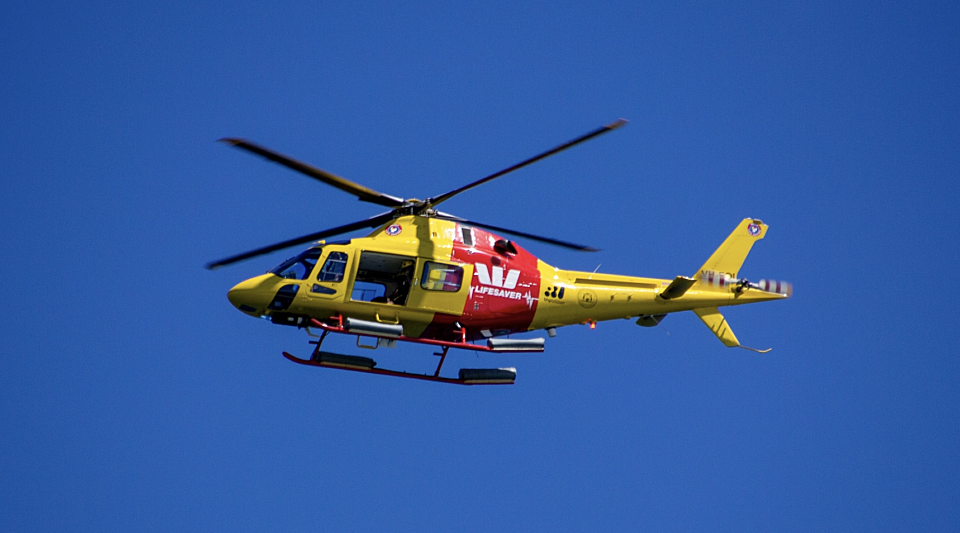
Posted on 10 Dec 2025
The Australia Institute has called on the federal government to force Australian businesses to be…
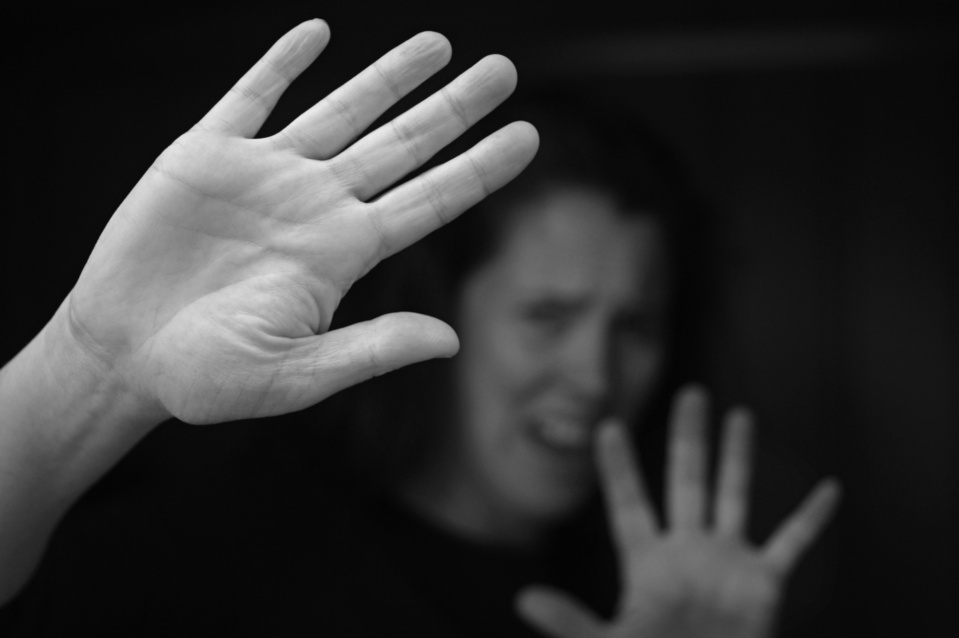
Posted on 10 Dec 2025
Economic empowerment is essential to enabling recovery, restoring agency and preventing future…
Posted on 10 Dec 2025
A long-time advocate for rough sleepers in northern New South Wales has been named her state’s…

Posted on 10 Dec 2025
What a year 2025 has been, particularly at a national level where the Parliament and politics as we…
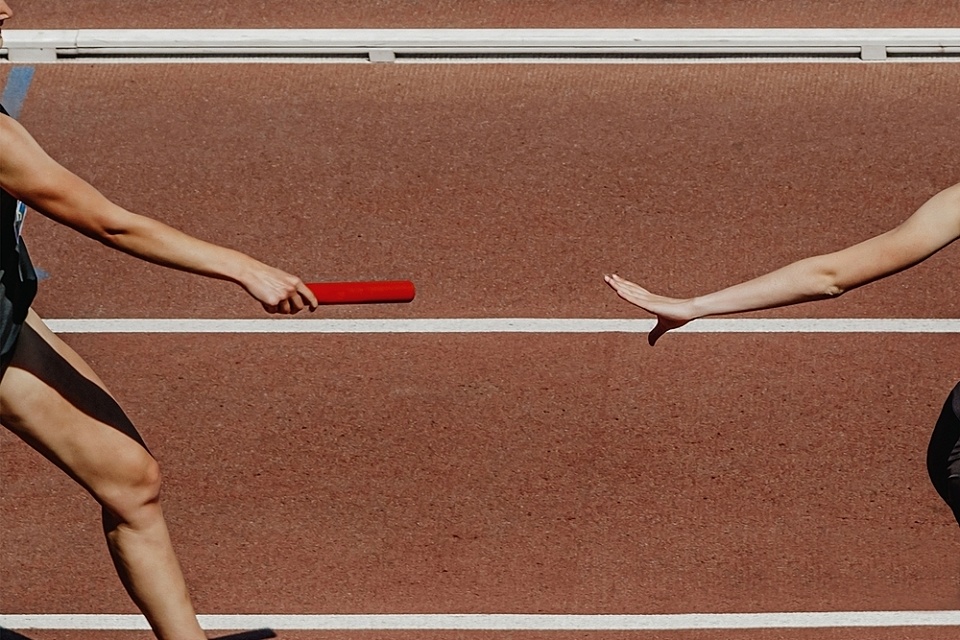
Posted on 10 Dec 2025
Anyone working in an organisation knows it: meetings follow one after another at a frantic pace. On…
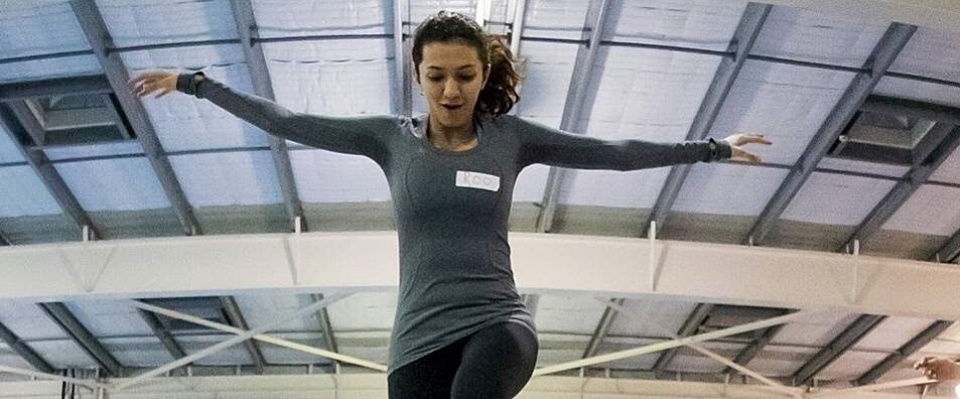
Posted on 10 Dec 2025
As a qualified yoga instructor who learned the practice in her hometown of Mumbai, Ruhee Meghani…
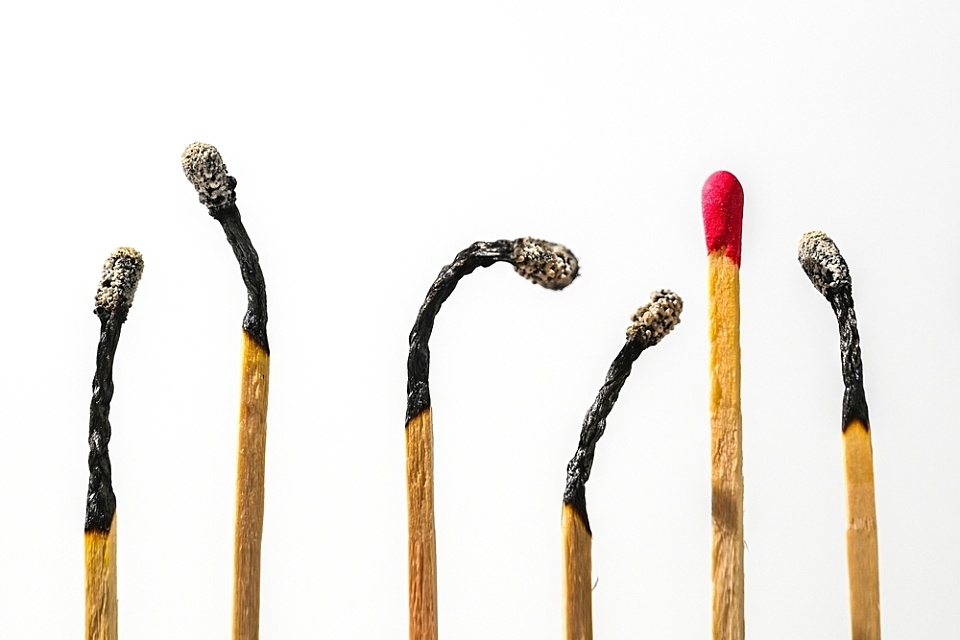
Posted on 10 Dec 2025
Community Directors trainer Jon Staley knows from first-hand experience the cost of ignoring…

Posted on 10 Dec 2025
Stressed, overwhelmed, exhausted… if you’re on a not-for-profit board and these words sound…
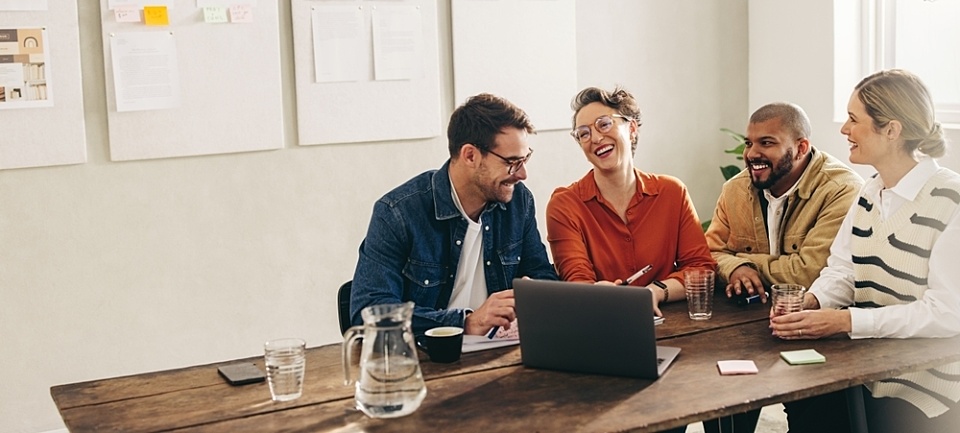
Posted on 10 Dec 2025
The Institute of Community Directors Australia trains over 22,000 people each year, which gives us…
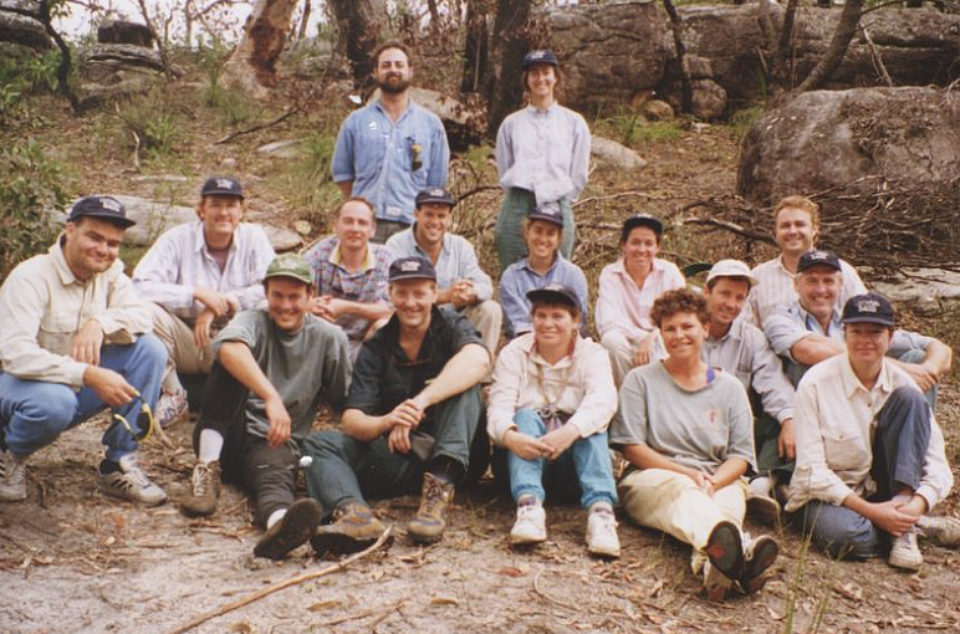
Posted on 09 Dec 2025
The late Sir Vincent Fairfax is remembered as a business leader, a chairman of AMP, and an active…
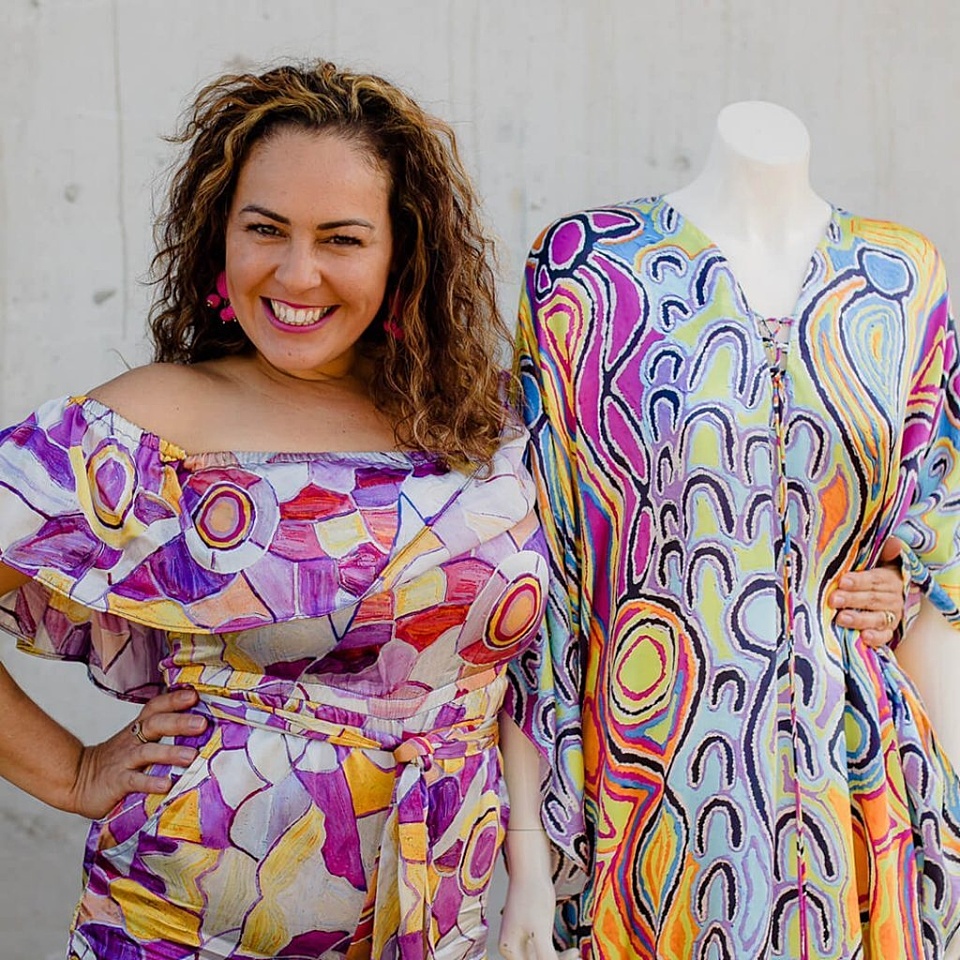
Posted on 08 Dec 2025
A pioneering welfare effort that helps solo mums into self-employment, a First Nations-led impact…